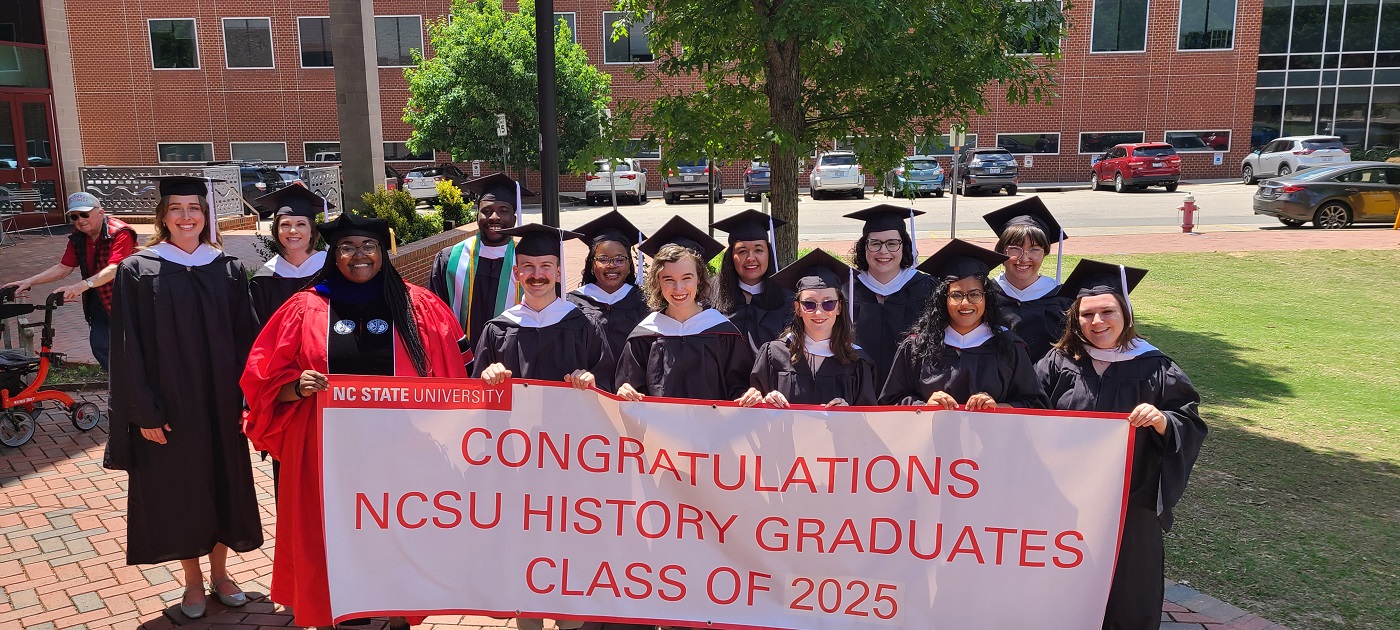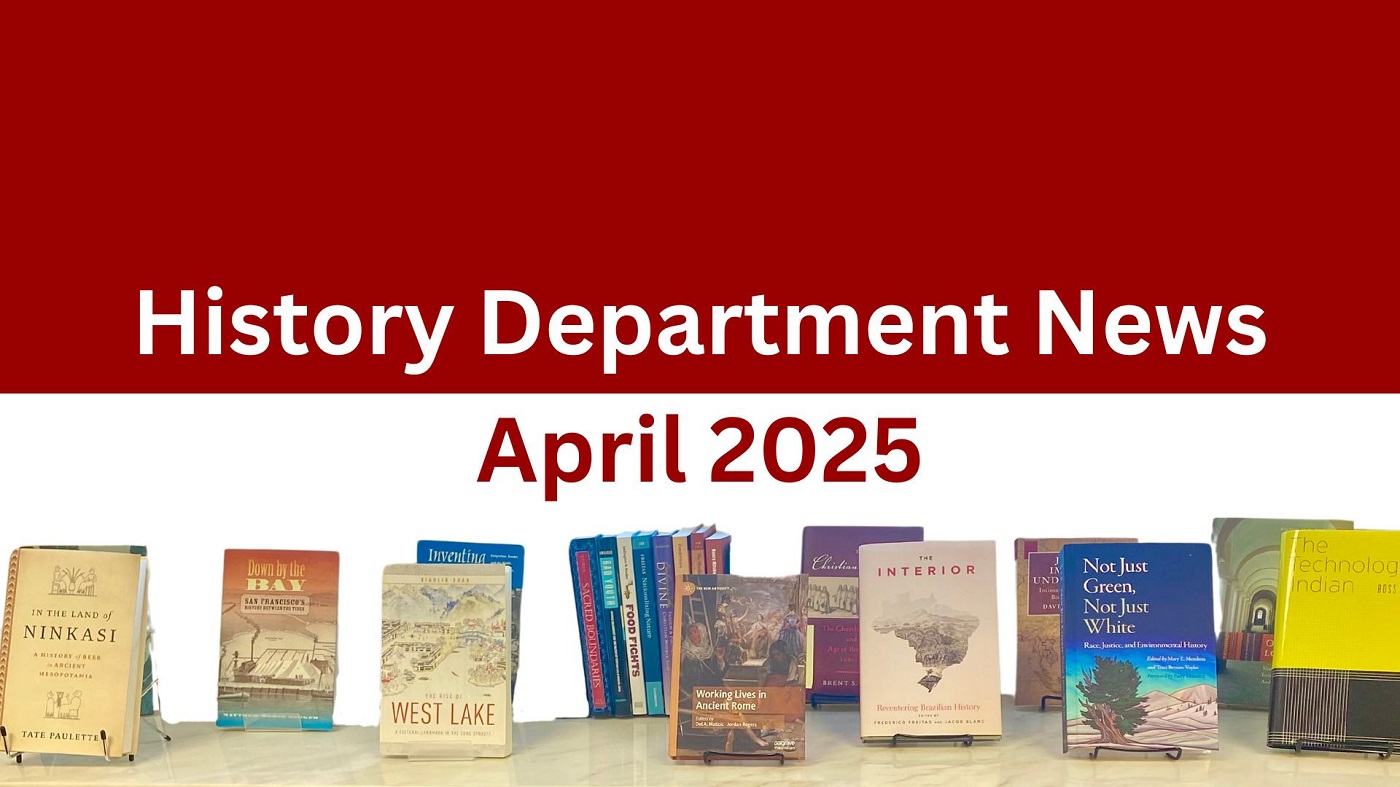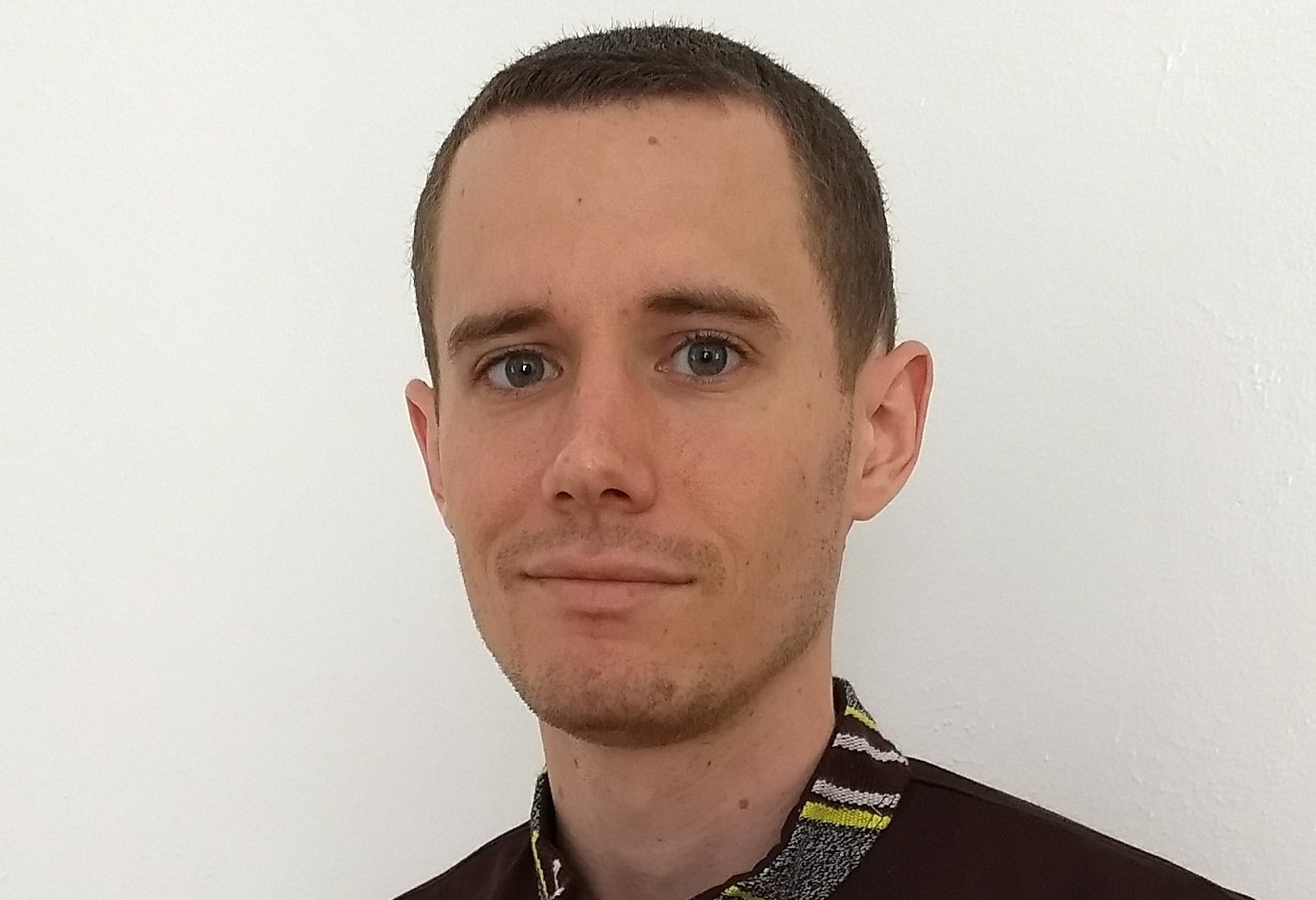Conserving Conservation’s Story
On March 31 I participated in a roundtable discussion about environmental history archives. Over the summer I helped to put together an abstract for this panel, called Conserving Conservation’s Story. I was qualified to present with and to many environmental history professionals due to my professional experience at North Carolina State University Special Collections Research Center, and due to my internship, which was funded by the American Society for Environmental History.
The panel was part of the annual American Society for Environmental History Conference held in Seattle, Washington this year. Through the American Society for Environmental History I became a member of a team working to conserve the story of conservation through working with archival material from the Society for Conservation Biology (SCB). I worked to process papers from the foundational years of the SCB, which is a nonprofit, that helped to define the discipline of conservation biology. The influential role that this society played in the development of conservation biology makes their documents critical candidates for a records and archival management plan.
Such plans and the usefulness for creating them for organizations outside of academia may not typically be apparent to members of such associations. In addition to processing the archival documents for the SCB, I got to help my supervisors figure out how to convince non-historians the essentialness of archiving the early work of the SCB. Although my work was specifically geared toward the SCB, there is a universality in what we were doing, which was why the American Society for Environmental History (ASEH) found it appropriate to fund this project. Many organizations that are not historical, are specifically scientific, and not-for-profit will unfortunately go without plans for records management. Although it is apparent that scientific organizations have particular problems with this, this issue arises in most organizations where funding is low.
The concern over non-historians and places with a lack of funds deprioritizing archival management was something that came up during the panel, Conserving Conservation’s Story: Environmental History Archives. Many people who attend the ASEH are familiar and comfortable with interdisciplinary projects, which is why the project I worked on was such a good fit for the ASEH, and why talking about the project worked so well in a penal about environmental history archives.
The audience for the panel was diverse, just as the panel members were. In the panel there was myself, a science technology and society scholar, a historian of science, the historian for the U.S. Fish and Wildlife Service, and a tribal archivist. In the audience there were professors, PhD candidates, archivists, and historians who worked outside of universities. The panel turned into a conversation about the importance of consolidating and increasing accessibility for environmental archives. In the audience there was a professor who had worked for the National Park Service. I had recently read an article by him for a paper I was writing for a course (Diamant, Rolf. “Lincoln, Olmsted, and Yosemite: Time for a Closer Look.” The George Wright Forum. Vol. 31 No. 1, 2014). Getting to speak with him in person was one of the many reasons getting to attend the ASEH annual conference, as a panelist was an invaluable experience.
- Categories:


